|
|
||||
 Lest we forget, the Luton airport carpark fire October 2023. By Jo Nova At the moment companies are fined $100,000 in Australia for failing to include high fire danger warning labels on kids beach towels, but it’s no problem if children sleep in a tower above a carpark full of EVs. But after a spate of fires in China, Hotels there are starting to ask customers with EVs to park in open areas outside the building. China bans electric vehicles from underground carparksby Jamie Seidel, News.com … Chinese hotels and property managers have begun to ban all electric vehicles – scooters, e-bikes, family cars or commercial vans – from their undercroft car parks. “Hotels and other buildings in Hangzhou, Ningbo, Xiaoshan and other places in Zhejiang have banned electric vehicles from entering underground garages for safety reasons, sparking heated discussions,” Chinese online dissident “Mr Li is not your teacher” reported in a post to X (which is banned in China) in September. Local news reports that property owners were spurred into action after 11 intense battery fires in Zhejiang’s capital, Hangzhou, in May of this year. “Based on the characteristics of electric vehicle fires and our hotel’s firefighting capabilities, we think it safer not to allow them into the underground garage,” RFA quotes one five-star hotel owner as stating. “A lot of basement parking lots are designed with low ceilings, meaning that fire trucks can’t get inside.” Some will point to studies that claim gas powered cars catch fire 20 or 30 times as often, but old cars are riskier and these studies don’t appear to control for age. (Can anyone find one that does?) And if one EV sets fire to 1,200 cars, hypothetically, say, at an airport terminal, we have to wonder whether the incident adds more “fire deaths” to the petrol car scorecard rather than the EV tally at the Department of Motor Vehicles. Remember, we’re forcing EVs on people to save the world in a hundred years, but no one has the time to conduct a proper age-standardized study on the risks of storing EV’s in home garages or under apartment blocks now. In related news, two weeks ago BMW recalled 140,000 Mini Coopers due to a battery fire threat: BMW Recalls 140,000 Electric Mini Coopers Due to Battery Fire ThreatWall Street Journal, Sept 3, 2024 The German carmaker said the recall of electric Mini Cooper SEs came after tests that revealed the potential for leaks from the battery housing. “The high-voltage battery could also switch off and the vehicle could roll out slowly, even while driving,” BMW said. “A vehicle fire, even when the vehicle is parked, cannot be ruled out.” Only 1% of those Minis were in Australia, but that’s still 1,400 cars.
h/t Graeme#4, OldOzzie, Ronin, Skeptikal, NotalotofPeopleknowthat
By Jo Nova The whole world is waiting to see who wins the US ElectionThe annual UN junket-fest for climate troughers — called COP 29 — starts the week after the US election. But this year things are running behind schedule as countries sit on their hands. The oceans are boiling, the clock of doom is five seconds from midnight, and “renewables are cheap”, but if the largest economy in the world loses enthusiasm, so does everyone else. For some reason, the same cannot be said about the second, fourth and fifth largest economies. No wonder they are so afraid of him. Trump stalks global climate talks as COP29 draws nearBy Nick Perry, The Japan Times Paris – The prospect of Donald Trump returning as president is hanging over crucial U.N.-sponsored climate negotiations, with countries “holding back” their positions until they know who sits in the White House. This year’s negotiations hope to increase money for poorer countries to handle climate change, but some governments have not proposed a concrete dollar figure, wary of committing too soon. “Everybody is holding back until they know who gets elected,” said Mohamed Adow, a campaigner and head of research group Power Shift Africa. Unlike most years, it’s two month ahead and the money is not on the table. The wheeling and dealing is not being done: The months of lead-up sessions to COP29, which is being hosted this year in Azerbaijan, have been painfully slow even by the plodding standards of global climate diplomacy, participants say. With just two months to go, there still isn’t an agreed definition of “climate finance” let alone how much should be paid, which countries should receive it and how, and who should be on the hook for it. Some developing countries are demanding north of $1 trillion annually, a 10-fold increase on existing pledges. If elected, Trump could slash funding for the climate and Ukraine, leaving the EU — which saw swings to the right in elections this year — footing the bill. The EU are not so much worried that they might have to “foot the bill” — what scares them is that an unleashed United States will outcompete their own sabotaged economies, making them look like losers. That will feed discontent and the rise of horrid far righty parties. (Those extremists that think men are men and fish don’t need wind turbines.) We can take a tiny spec of comfort in this. It doesn’t mean Trump will win, but it means the Galactic Deep State Blob are still worried that he might. Democracy is not completely dead (yet). Greg Sheridan explains the Australian situation, but it is the same in any Climate Patsy Land: Why a Donald Trump White House spells disaster for Albanese [our Labor PM]if Trump wins, suddenly Albanese’s energy policy will look even more unrealistic, and needlessly costly, than it does now. As it is, the world’s biggest greenhouse gas emitter, China, is increasing its fossil fuel use and not significantly reducing emissions. This is true, too, of fast-growing emitters such as India and Indonesia. If the US at the level of national government turns against the climate action consensus, it will be extremely hard to argue that Australia must suffer vastly greater energy prices in order to keep faith with the allegedly global compact on climate change (which of course is not remotely global). Just by running for office, Donald Trump is putting the brakes on some of the more flagrant climate payola, at least temporarily. The Swamp Monsters don’t want to look too profligate lest he win, because when the brains, the factories and the profits all leave for The Land of The Free, it will make their own positions look so ridiculous. ___________________ PS: Aurora Watch Active –– The Sun let off a large X4.5 flare on Sept 12th which is due to arrive in the next few hours, but the best guess (plus or minus a lot) is 21:00 UTC, which is 7am this morning in Sydney (so no good) and 5am in Perth and 5pm in New York. Hopefully friends in Europe get a nice show, or if it’s later, America too. It is being discussed on SpaceWeatherLive. To get an email or alarm when it arrives, sign up for The Glendale App. Otherwise, keep checking the App screen, EPAM (Low energy Electrons and protons Monitor) or magnetometers for the earliest warnings, which will come from satellites about 1.5 million kilometres away. At best we only get 45 mins to one hour of warning. It’s not much time to drive to a dark park on a hill facing south, or to move the moon out of the way. Frankly it’s a bit of a scandal we haven’t got any space-drones closer to the sun so we get a few hours planning time. Priorities! Perhaps someone could ask Elon?
Every scientific curiosity becomes a climate prayerA year ago, within an hour, 120 seismometers all over the world started to record a freakish shake every 90 seconds like a metronome. People watching the waves were baffled. And even more so that it didn’t stop within a few minutes but continued on all day and night, eventually ringing out for nine days. It turned out to be a landslide in an oddly shaped fjord in Eastern Greenland. A 1.2 kilometre mountain of rock and ice had collapsed, sending a 110m wall of water 10 kilometers across the gorge to smash 200 metres up the other side of the fjord. The water then came back down and the return wave apparently kept slopping back and forward for nine days. Spare a thought for the fish. 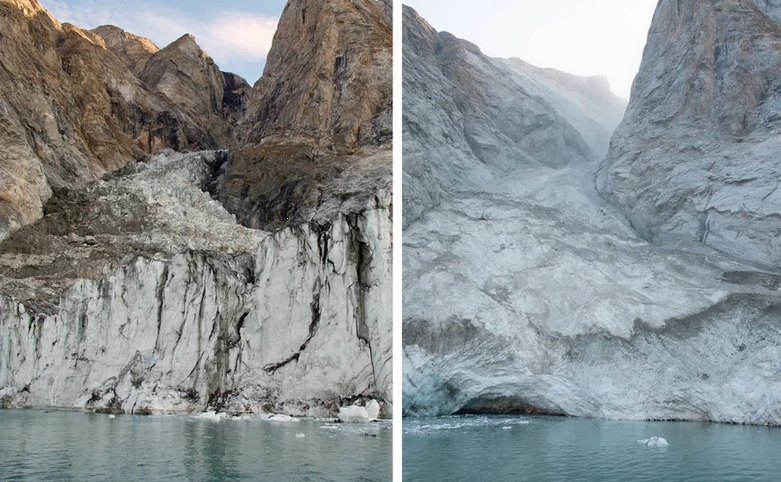 Dickson Fjord before (left) and after (right) the landslide. From Scientific American and Thus “10,000 swimming pools” worth of repeating tsunamis keep rattling seismic detectors for days and then kept 68 scientists busy for a year figuring out what it was. Predictably, they say, it was caused by climate change, because rock slides and ice collapses have never happened before, or at least, not while humans had a global seismographic network. And not a single climate model predicted this. Apparently the Dickson fjord has a 90 degree bend at end near the mouth, and a glacial dam at the other end which stopped the energy dissipating, making it the perfect resonant chamber. Then in a freak of nature, the landslide hit at the perfect 90 degree angle in the ideal chamber to drive seismologists bonkers. Naturally, Science, the formerly esteemed top journal had to squeeze the absurd climate propaganda near the end of the press release, so giants like The Guardian could turn it into a Shock and Awe Headline.
Holy smoke: “climate change impacts the Earth in a hour”, but we see the impact of the sun in just 8 minutes. So? Thanks to climate change, Greenland is about the same temperature now as it was in 1880. We can’t “clearly see” any thing at all. There’s no trend, no data, no evidence. What if a warmer world means the ice doesn’t build up and go boom, but just melts away gradually. Drip, drip, drip, eh? So the misinformation continues. In modern science lamb chops cause tsunamis, Ford F-250’s shake the world, and only solar panels can save us. It’s all part of the hypnosis. Adults in the room need to remind the children that glaciers and rockslides have been happening for millions of years. (Eg Lieseki and Raymo) Then when kids grow up and become professors they might not say silly things.
REFERENCESSvennevig and 67 others (2024) A rockslide-generated tsunami in a Greenland fjord rang Earth for 9 days, Science, 12 Sep 2024, Vol 385, Issue 6714 pp. 1196-1205 DOI: 10.1126/science.adm9247 L. E. Lisiecki and M. E. Raymo (2005) — A Pliocene-Pleistocene stack of 57 globally distributed benthic δ18O records, Paleoceanography 20, 1003
Finally, 15 years and a trillion dollars too late, George Monbiot says what skeptics have been saying all along. Nearly every single carbon reduction scheme is a useless make-work machination that creates the illusion that the government is doing something. He calls it “perceptionware”. A new paper was released in Science pointing out that in the last 25 years, barely 4% of climate policies in 41 countries have made any real difference. And by “real difference” we mean reducing a useful fertilizer, so it’s a good thing that 96% of the ploys failed, but a tragedy that a thousand billion dollars was stolen from decent people. In any case, finally Monbiot sees the tip of the iceberg of grift and graft, but doesn’t realize his own role in it, doesn’t realize the same failures of journalists like him also failed the science world where 96% of papers have achieved nothing they set out to do as well — like predicting the climate. Climate science has been spinning its wheels, creating perceptionware and failing to figure out the climate for fifty years, but George hasn’t noticed. Monbiot hasn’t even taken the obvious leap: Where were the Greens, the people who supposedly were the smart ones who cared the most? Most of these carbon reduction failures were obvious to anyone who owned a calculator. Could it be George, that the Greens were the dumb ones wrapped up in their own perceptionware game, pretending to care about CO2 to impress their friends at dinner parties but not actually giving a damn? Or worse, could it be that some Greens were bought off by industries and foreign countries that profit from the carbon grift? Who stood up for the poor, the workers, and the taxpayers who were being shafted — only the skeptics.
Monbiot zeroes in on the endless fantasia that is the quest for airline biofuel:
Now he worries the poor are starving as we burn their food, and chop down forests so we can fly to Bali:
George still doesn’t realize the root of the problem is Big Government itself. In the crazy biofuel market, it was the government that “picked the winner” and decided we should burn food to save the world, not the free market. Who could have guessed that convenient high energy plant matter would also be the same stuff people wanted to eat?
The government funded monopoly in science created a fake crisis that parasites could feed off, and he is surprised that parasites turned up to dinner. Where were all our expert climate scientists, George, while 25 years of money and time was wasted? Did they or did they not want to save the world, or were they too stupid, or too scared to say the obvious? REFERENCEStechemesser et al (2024) Climate policies that achieved major emission reductions: Global evidence from two decades, Science, 22 Aug 2024, Vol 385, Issue 6711,pp. 884-892, DOI: 10.1126/science.adl6547
Cold is the CatastropheA hotter world might not be so horrible. Back in the early Holocene, 10,000 years ago, rivers flowed in the middle of the Sahara desert, and they were filled with fish. The photo above is what remains of Takarkori Lake today. If only climate change could bring back the fish? While we were distracted in 2020, researchers published a paper about an trove of bones and body parts they had dug out of a cave in Southwest Libya, which is roughly the middle of the Sahara today. Surprisingly they found 17,551 bones, and even more surprisingly, 80% of them were from fish. The people who dined there were catching tilapia and clariid catfish, and sometimes the odd mud turtle, mollusc and a crocodile or two. The lake (pictured above) is about 6 kilometers from the cave (below), and all the bones appear to be human refuse. It’s kind of the ultimate archaeological FOGO dump. Somehow, this restaurant that stayed open for 6,000 years left behind layer after layer of undisturbed dining history. Gradually, over thousands of years the diners ate less fish, and more beef, goat and mutton. Amazingly, 17,000 bits of bone and bits were found in an area of just 150 meters square. Somehow, against the odds, the researchers were able to identify every single fish bone. It seems astonishing, except the odds were 50:50 that each bone was either a Tilapia or a Clariid catfish. The residents may have been a bit tired of eating the same two fish. While the rivers and wetlands may have had a lot of fish, there wasn’t much variety. The authors, Wim van Neer et al, speculate that the fish probably spread to these lakes via massive flooding events that washed them over the land. (Imagine how big those floods would have to be?) They wonder if the odd bird might have dropped some fish eggs, but don’t think it is as likely. Apparently sometimes even storms can pick up fish and fling them far away. If humans ever did control the climate and fix it in its current state, they would stop life returning to the desert and call it a “win” for the environment. Crazy eh? During this hot Holocene era, there were many other rivers across the Sahara that don’t flow there today. The lakes near Takarkori dried up during the sudden shocking cold snap 8,200 years ago, but came back after a few centuries. (Just more climate change!) Sometime around 5,500 years ago they dried up for good (or bad, if you were a nomadic herder). One river nearby managed to keep flowing until Roman times, about 2,000 years ago.
 Map of Saharan rivers and water systems of the Holocene. Fig 14. Extant occurrence of selected aquatic species (fish, crocodile, and turtle) in North Africa waterways.
The remnants at the cave cover an era 6,000 years longIt is somewhat sobering to be reminded of just how many generations have come and gone, and how different their lives must have been. What would they think if they saw the barren desert now? The first humans to live in the cave arrived about 10,000 years ago. Permanent settlements appeared around 8,300 years ago with dairy cattle arriving 800 years later. By 6,000 years ago the site was used for brief visits by herders of goats and sheep during the winter. From the paper:
The current Sahara desertJust to remind us of how incredibly vast it is: The press release: Fish in the Sahara? Yes, in the early HoloceneScienceDaily, February 2020 Catfish and tilapia make up many of the animal remains uncovered in the Saharan environment of the Takarkori rock shelter in southwestern Libya, according to a study published February 19, 2020 in the open-access journal PLOS ONE by Wim Van Neer from the the Natural History Museum in Belgium, Belgium and Savino di Lernia, Sapienza University of Rome, Italy, and colleagues. Today, the Saharan Tadrart Acacus mountains are windy, hot, and hyperarid; however, the fossil record shows that for much of the early and middle Holocene (10,200 to 4650 years BP), this region was humid and rich in water as well as life, with evidence of multiple human settlements and diverse fauna. Keep reading → Sorry. Temporal rift, fixed. But not explained.  Image by Erik Nikolai Halsteinrud from Pixabay By Jo Nova The silence is deafeningMatt Ridley wrote a whole book about the Covid lab leak, and now marvels that what was once an unthinkable conspiracy is now quietly accepted by two thirds of the population, but still exists under a cone of silence. The Wuhan Lab Leak was “worse than a thousand Bhopals” he points out, but the Royal Society said it wasn’t a suitable topic for discussion. It’s as if the deaths of millions, the economic chaos and the threat of bioweapons is a bore. The World Health Organization never mentions it. The Academy of Medical Sciences said it was too controversial. Ridley was invited to debate the issue but no one would take the other side. He was invited to write a paper for a prestigious journal with a professor at Oxford. After they wrote a paper with hundreds of references, the editors rejected it out of hand, telling him that there was no evidence of people doing gain-of-function experiments in Wuhan, even though the Institute of Virology has published papers for six years detailing how they did exactly that. Ridley was invited to debate at another forum, and after much searching, and payments of more than $10,000, finally one virologist was willing to argue it was not a lab leak. Mysteriously most virologists seem to hope the biggest issue of their specialty career will just go away, quietly. There is now very little doubt that Covid leaked from a labBy Matt Ridley, Spiked …two-thirds of Americans believe the virus originated in a lab in China – yet most senior scientists seem to be sublimely unbothered by the fact that the public holds this view. They show little or no interest in getting out there and persuading people to change their minds. Instead, they just hope the whole topic fades into history. China has a database of 22,000 virus samples on it, and they won’t share it, but Western virologists and politicians don’t seem to want to see it. A thousand PhD-theses sit there undiscovered and no one cares. Have we sold our souls, our universities, our health, for cheap fridges and trade deals?If the lab leak had occurred in any other country, we might be more interested. As Matt Ridley explains: A former president of the Royal Society told me he hopes we never find out what happened, lest it annoy the Chinese. Would he have said the same about Bhopal, I wondered, or a plane crash? Why is this topic taboo? Scientists in the West have become addicted to collaboration with China. They get students and money from China. Ten British universities rely on Chinese students for more than a quarter of their income. Scientific journals get rich on Chinese publication fees. Richard Horton, editor of the Lancet and recipient of a Friendship Award from the Chinese government, went on Chinese television early in the pandemic to say: ‘I think we have a great deal to thank China for, about the way that it handled the outbreak.’ As bad as that corruption of science is, the real problem is much bigger. Ridley doesn’t mention it, but Australians know all too well why no one wants to ask for an inquiry. The second biggest economy in the world plays nasty — it’s not just about Chinese students at university, or journal sales — our whole economy is at risk. Media houses want access to 1.3 billion customers. Financial houses do too. Big Business wants to sell or buy and not get banned. Governments don’t want the flack from fighting back, and so who is left willing to speak at all? Nobody mention why China launched that trade war on Australia……when Scott Morrison, Australian Prime Minister, dared ask for an investigation in April 2020, within a week China threatened boycotts, and followed up with severe anti-dumping duties on Australian barley. After which the CCP discovered “inconsistencies in labelling” on Australian beef imports, and added bans or tariffs on Australian wine, wheat, wool, sugar, copper, lobsters, timber and grapes. Then they told their importers not to bring in Australian coal, cotton or LNG either. The only industry they didn’t attack was iron ore, probably because they couldn’t get it anywhere else. In toto, the punishment destroyed about $20 billion dollars in trade, and everyone, even CNN, knew this was political retribution and a message to the world. Matt Ridley does an excellent job unpacking the evidence: With Professor Anton van der Merwe of Oxford University, I detailed how it is no coincidence that this virus turned up in exactly the right city at exactly the right time as they were planning exactly the right experiments that would put exactly the right insertion into exactly the right place in exactly the right gene of exactly the right kind of virus. And to do so at exactly the wrong biosafety level. The outbreak began not just in one of the very few cities doing research on this kind of virus, but also in the city with the biggest SARS-like virus research programme on the planet. These kinds of viruses are found a thousand miles away from Wuhan. That’s the distance of London to Rome. We know of only one animal species that regularly travelled that route, carrying lots of viruses. That animal was the scientists themselves. In the 15 years before the pandemic, they collected over 16,000 bat viruses from all over southern China and south-east Asia and brought them a long way north to Wuhan. The nine closest relatives of SARS-CoV-2 at the time of the outbreak were in the freezer of the WIV. Coincidences do happen, but when foot and mouth broke out in the UK in 2007, just down the road from the world’s reference lab for foot-and-mouth virus, people did not think it was just a coincidence. They investigated and sure enough it was a lab leak. The experiments they did in Wuhan were crazily risky. Lab leaks “happen all the time”: There have been lab accidents that caused outbreaks of influenza, anthrax and many other pathogens. In 1977, there was a global influenza pandemic caused by the trial of an experimental vaccine that had been inadequately attenuated. In 2003-4, SARS-1 leaked from a lab at least four times, once in Singapore, once in Taiwan and at least twice in Beijing, and killed the mother of a researcher. In three of those cases, we still don’t know how the accident happened. Bizarrely, no one can even explain why anyone would want to do these experiments. There are a million permutations of possible pandemic causing virions and we’re trying to make them one at a time, in advance, to get ahead of the game? As Ridley says” That went well, didn’t it?”. In January, Chinese scientists published a preprint paper describing a new coronavirus that had a 100% death rate in humanized mice. So the question of bioweapons, of reckless experiments that put us all at risk, is surely one of the most important issues of the era, unlike the exaggerated hyperbole of one more degree of global warming — yet there are no discussion panels on the nightly current affairs circus shows. And the Ministers of Science, Health, and Defence do nothing. And the UN is as useless as it ever was. Read it all at Spiked. Matt has waged his own war for four years to get this story out there. Matt Ridley is a science writer and co-author of Viral: The Search for the Origin of Covid-19, with Alina Chan.
By Jo Nova Greenpeace USA say it may be bankrupted by a pipeline billionaire
In 2016, Greenpeace and some native American tribal groups and activists camped for months in a corner of North Dakota to stop the crude oil pipeline his company was building. The case is set for trial in February in North Dakota. Obviously the outcome is not known, but everyone seems to be acting as if they do know. The first line of the Wall Street Journal says the billionaire “is about to land a knockout punch on Greenpeace. ” Donors to Greenpeace will not be happy if their money ends up with a crude oil pipeline company. The Texas Billionaire Who Has Greenpeace USA on the Verge of BankruptcyEnergy Transfer’s lawsuit alleges several Greenpeace entities incited the Dakota Access protests, funded attacks to damage the pipeline, and spread misinformation about the company and its project. The case is set for trial in February in a North Dakota state court, where both sides expect a fossil-fuel-friendly jury. Energy Transfer is seeking $300 million in damages, which would likely wipe out Greenpeace USA, according to the group’s leadership. Deepa Padmanabha, Greenpeace USA’s acting co-executive director, said the lawsuit is “an existential threat” to the group. Kelce claims people have not wanted to take on these protestors for fear it would “look wrong”: “Everybody is afraid of these environmental groups and the fear that it may look wrong if you fight back with these people,” Warren said in a 2017 TV interview. “But what they did to us is wrong, and they’re gonna pay for it.” If the Pipeline billionaire does win the $300 million suit, it will wipe out Greenpeace USA (but not the rest of the Greenpeace international circus.) Greenpeace say they had a “limited role”. The lawsuit alleges they funded attacks on the pipeline, incited protests and spread misinformation. May the floodgates openMeanwhile, on the other side of the Atlantic, the European arm of Greenpeace has just been ordered to pay $50,000 in fines for getting in the way of oil tankers in 2022: Danish court fines Greenpeace for blocking transit of tankers carrying Russian oilA court in the town of Svendborg in Denmark has imposed fines totalling DKK360,000 (US$53,000) against the local branch of environmental activist group Greenpeace in connection with some of its members’ actions in attempting to disrupt the movement of crude oil imported from Russia. After years of petulant attention-seeking antics, Greenpeace has lost community sympathy and its sacred un-suable glow (at least in some states). This is the company with a budget in the hundreds of millions, which threatened people with “we know where you live”. This was the Greenpeace attitude of 2010: The proper channels have failed. It’s time for mass civil disobedience to cut off the financial oxygen from denial and scepticism. If you’re one of those who believe that this is not just necessary but also possible, speak to us. Let’s talk about what that mass civil disobedience is going to look like. If you’re one of those who have spent their lives undermining progressive climate legislation, bankrolling junk science, fuelling spurious debates around false solutions and cattle-prodding democratically-elected governments into submission, then hear this: We know who you are. We know where you live. We know where you work. And we be many, but you be few. But ponder what a travesty the justice system is. The pipeline was delayed in 2016, and instead of authorities protecting a legal activity at the time, here we are eight years later, after a million or two has been send to lawyers, and we still don’t have certainty. Meanwhile, Greenpeace and others delayed a product that people wanted. Some poor deplorables must have paid more than they would have for crude oil based products during the delay, but they won’t get a cent back in compensation. If only people could sue the justice system… Protest photo by Becker1999 from Grove City, OH The comments at the WSJ are spirited:Harry Prothero says: “Great news!!! How do I contribute to Mr. Warren’s lawsuit against these jackals?“ Mark Limbruner: Thank goodness an oil & gas executive that’s not running to a foxhole and hiding but is taking the fight to his company’s opponents! Brian Thomas at the WSJ: h/t Reader
 Image by Jacqueline Wales from Pixabay By Jo Nova The modern media is like a form of hypnosisLord help us all. Climate change might wreck Ayers Rock, I mean Uluru. It’s been baking in the desert for 550 million years, but another half a degree C and it’s in “peril“. (You had to use the hair-dryer…) It’s such bad luck. “Climate change” could hit anywhere but it’s going to hit airports, vineyards, national parks, and Bondi Beach? It’s ruining holidays and your favourite symbols. It’s so unfair. I thought this was surely an AI joke, or a grade school project, but Graham Readfearn put his name on it and the Guardian editors didn’t run away. The whole story is a keyword salad of hot button words and random numbers. 620,000 tourism jobs will be at risk they say mindlessly, as if 26 million Australians will stop having holidays and 10 million international guests will stay home, scared off by a one degree Fahrenheit rise. Almost 68% of Australia’s tourism sites at major risk if climate crisis continues, report saysUluru, the Daintree and Bondi beach among iconic Australian locations that could be impacted if planet hits even 2C of warming by 2050 Who comes up with these headlines: “almost 68%”? What is that? They could have said, well ….”67″. They could have said 2 out of 3, but they had to drop some meaningless specificity in there to give these chicken entrails the appearance of “scienctifiiness”. As if the error bars on this analysis don’t reach plus or minus 100. The basis is that some people who want to sell us insurance have helpfully done a report telling us which industries, towns, airports and businesses will be mercilessly crushed by the Climate Gorgon. Given the dismal state of the climate models, these are the modern equivalent of Shamanic Spells. I’m sure the Zurich-Mandala team did good work on the economic costs and losses, but they start with IPCC climate models, so they might as well be analyzing the Land at the top of the Magic Faraway Tree. Even the media know this is a nothing-burgerFor some reason even Bloomberg thought there was something newsworthy about this new “index”: Australian Airports Face Costly Fight Against Worst Climate RiskThe index calculated for the first time the risk from climate change to Australia’s A$170 billion ($114 billion) tourism sector. It studied 178 sites, ranging from Sydney Airport and Bondi Beach to the Melbourne Cricket Ground and Uluru, using Intergovernmental Panel on Climate Change modeling and proprietary impact assessments. Though hold off with the SWAT Team: Assuming 2C of warming, by 2050 the proportion of Australia’s tourism sites in the three highest climate-risk categories will rise from 50% to 55%, the report said. So the writers at Bloomberg know there’s nothing there. To put it bluntly: if half a degree more warming happens by 2050, (and if the models are right, which they rarely are) a big 5% of Australian tourist sites will shift from one arbitrary category to a slightly worse one? That’s as bad as it gets. So much of what we call news is so absurd, yet repetitive, at best, it’s a kind of trance with a drip drip drip feed…
|
||||
|
Copyright © 2025 JoNova - All Rights Reserved |
||||

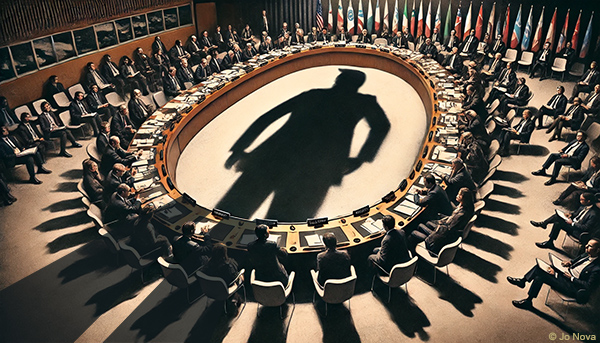

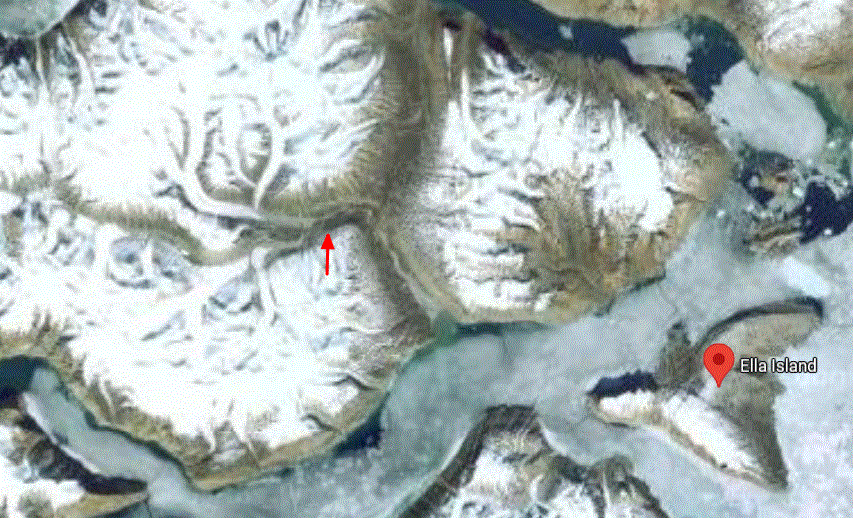
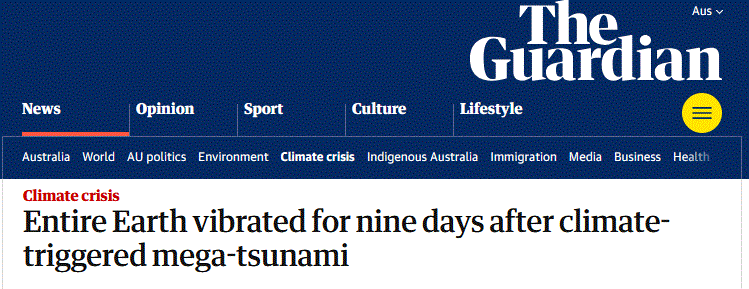



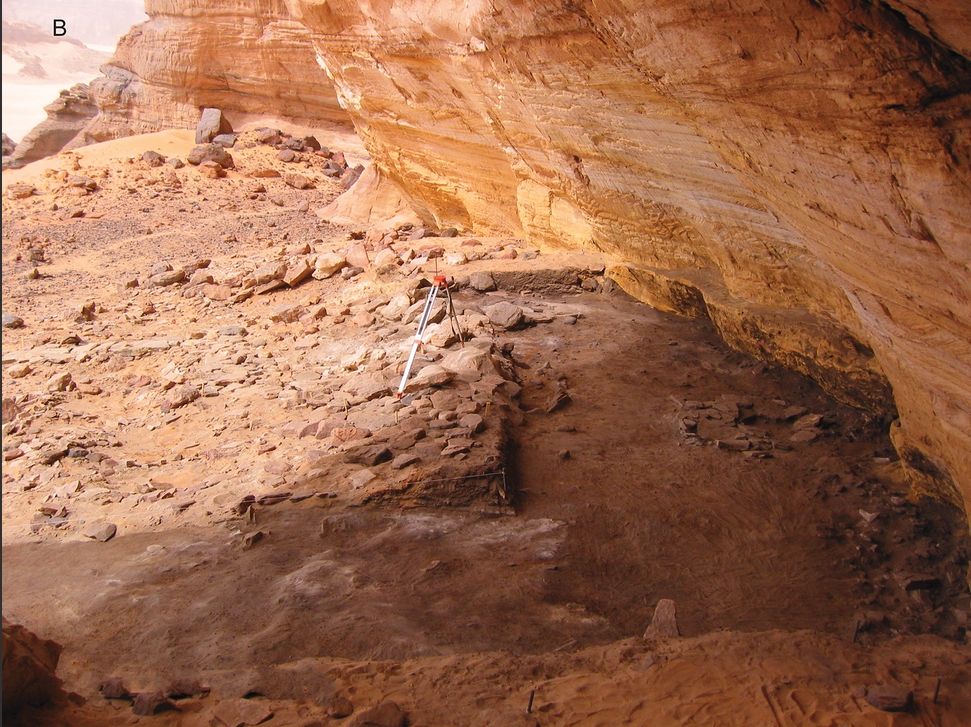
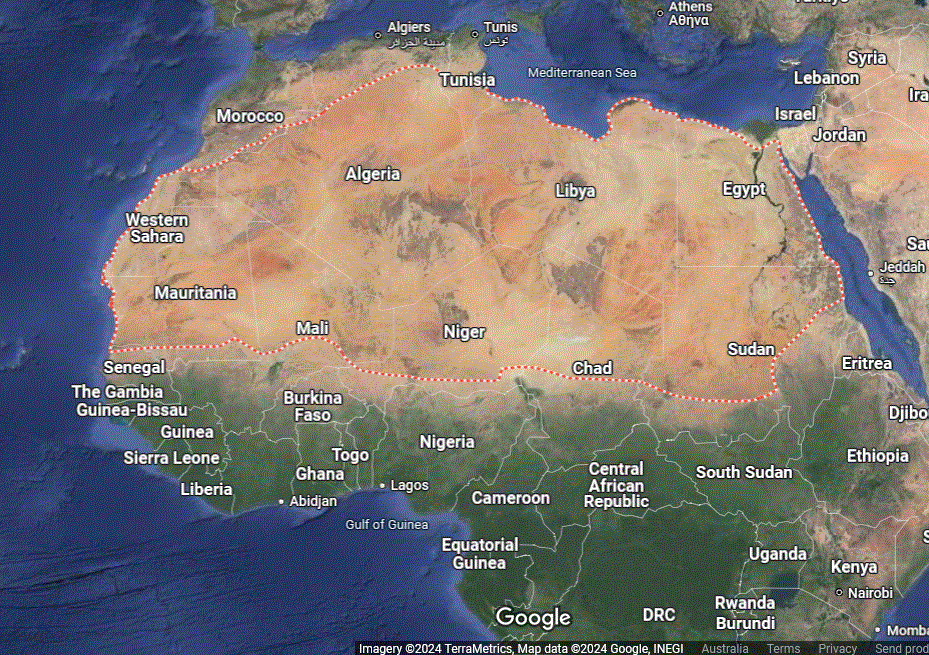
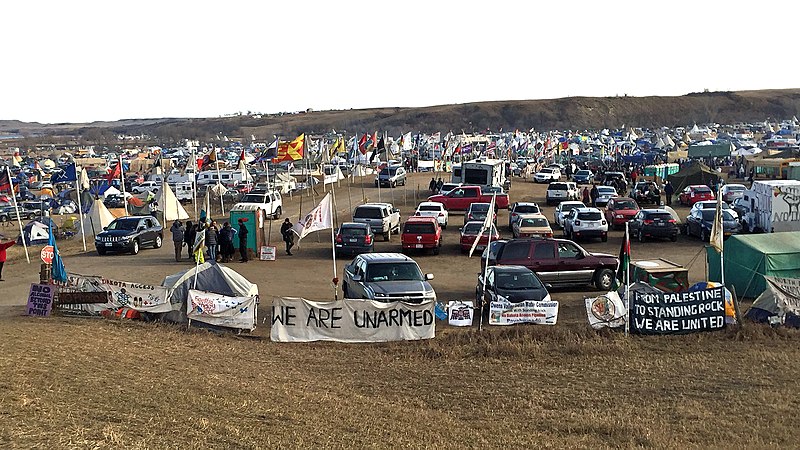
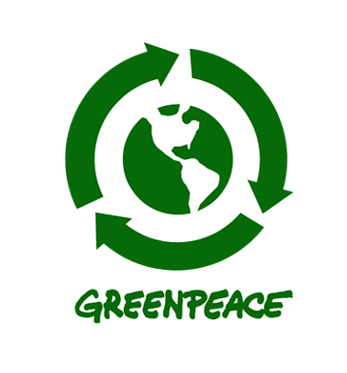











Recent Comments